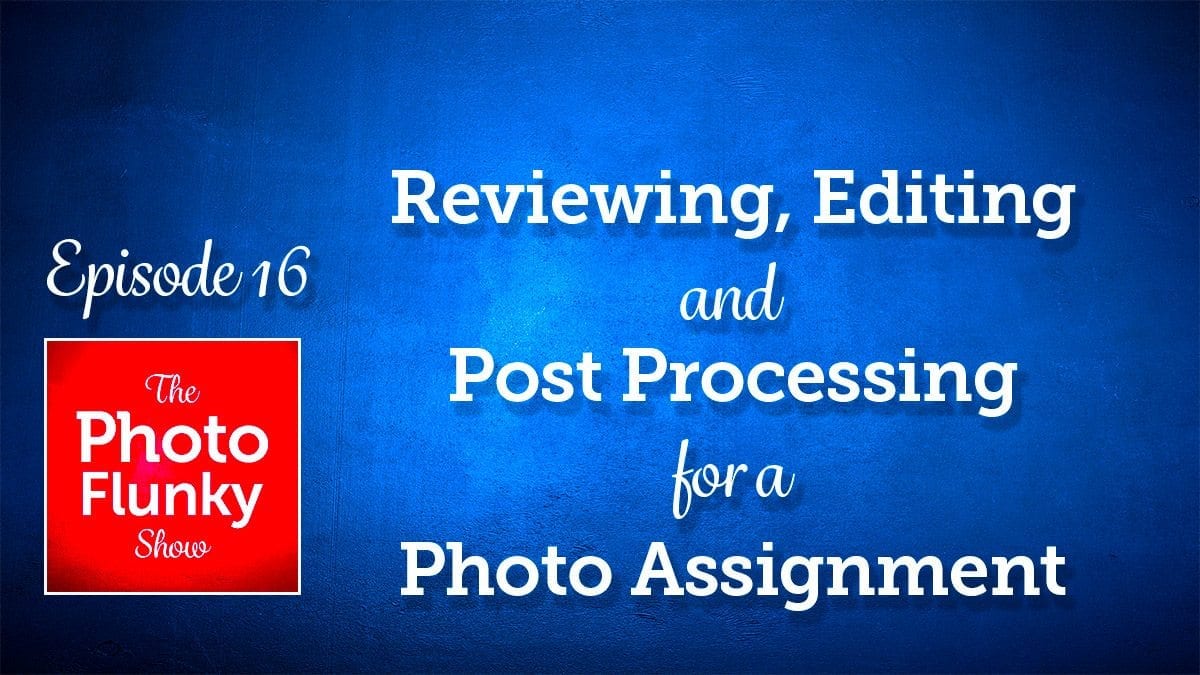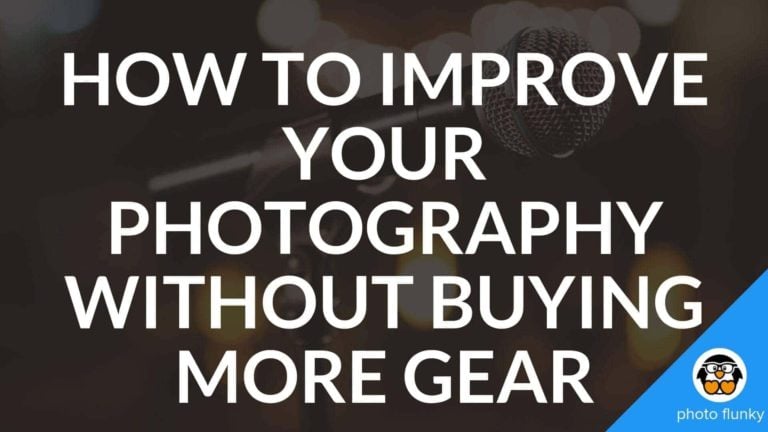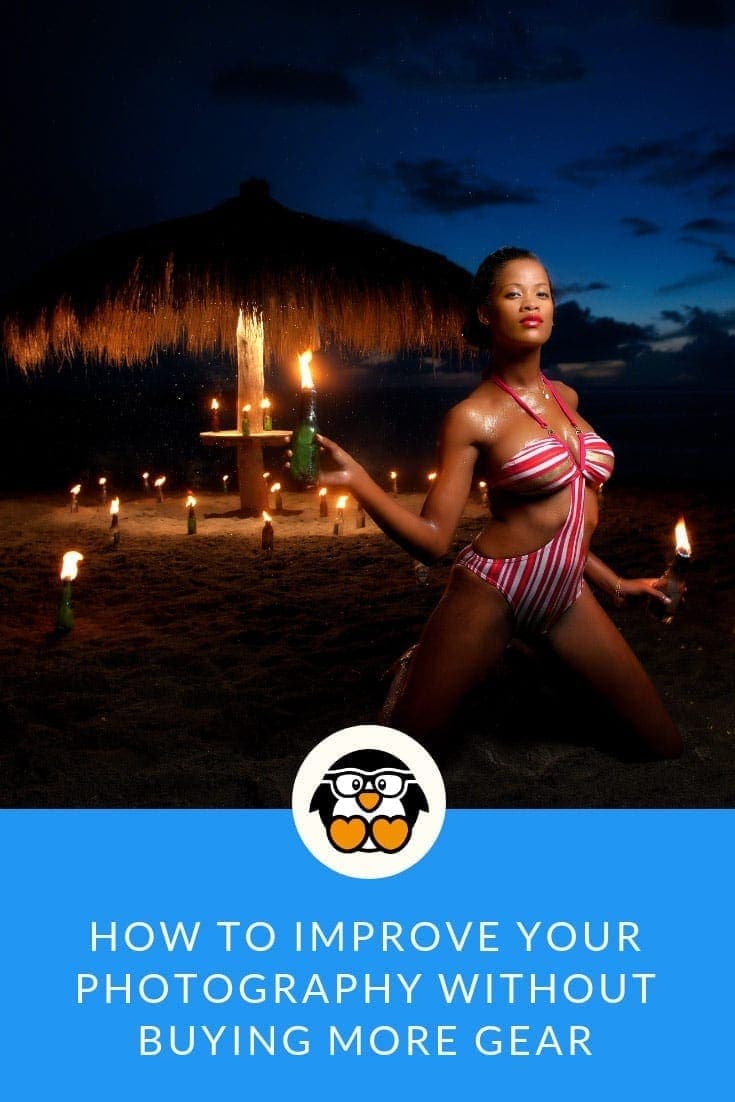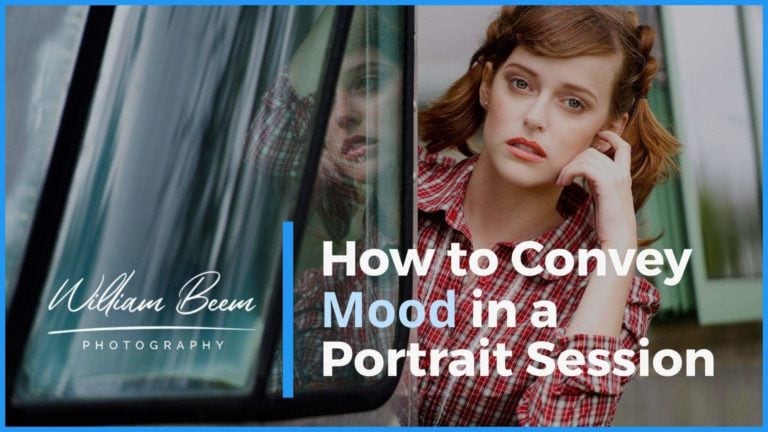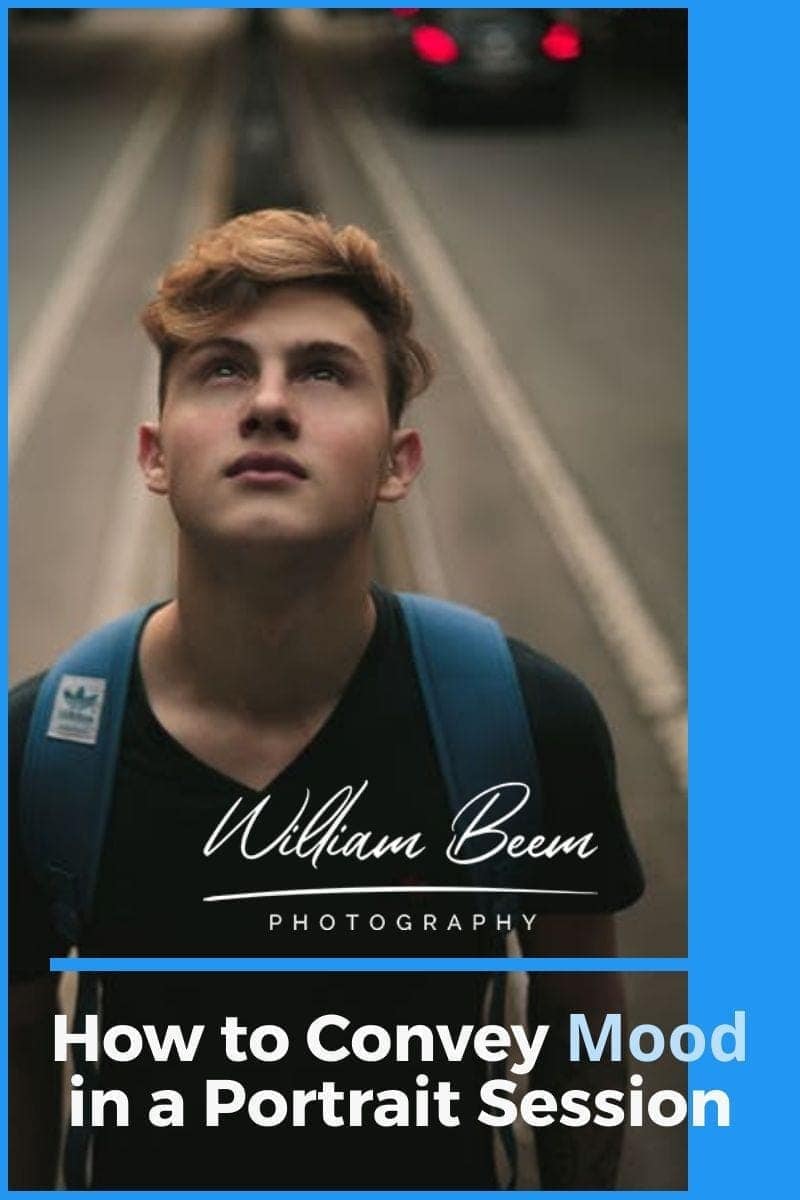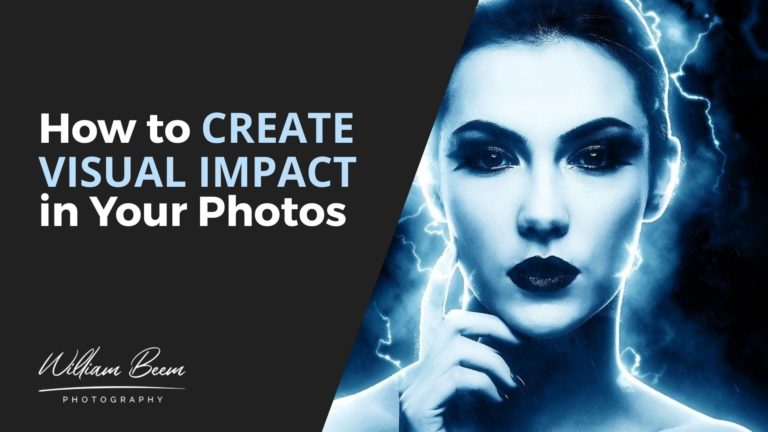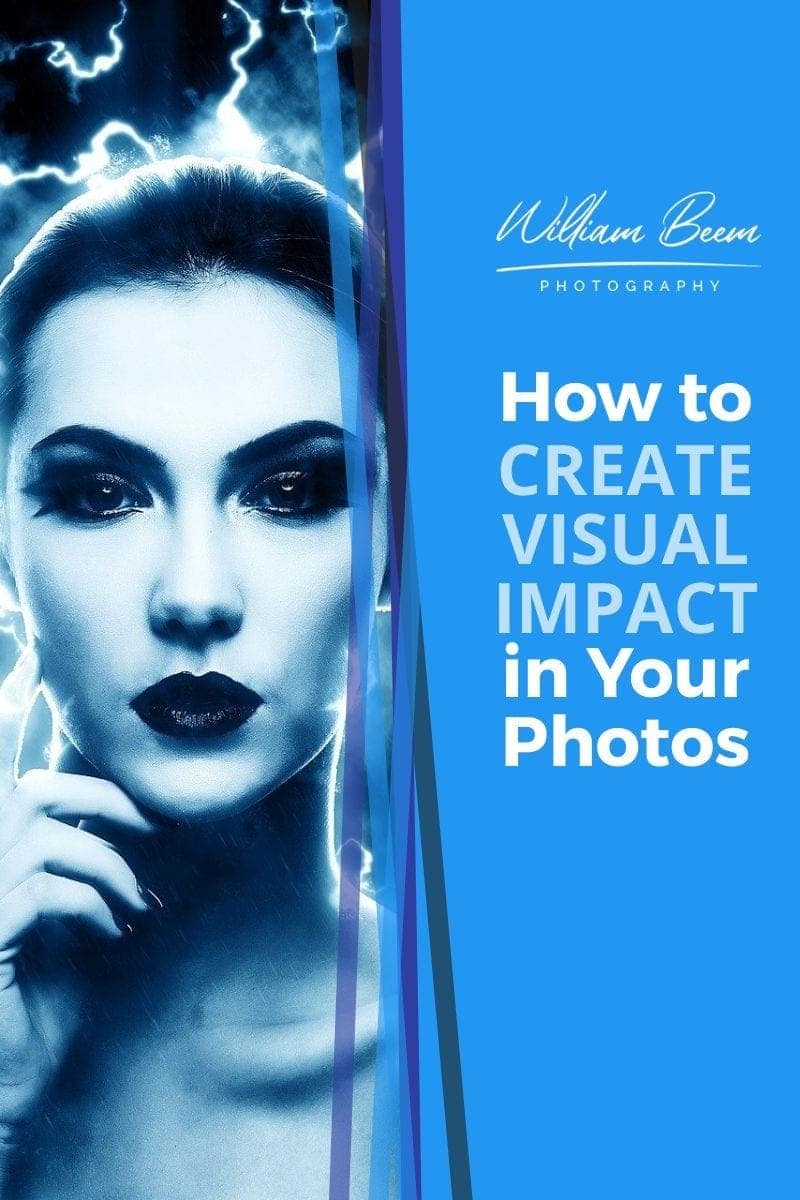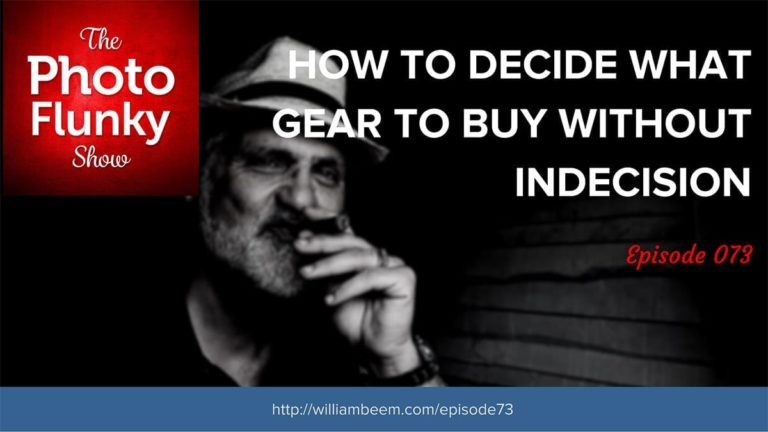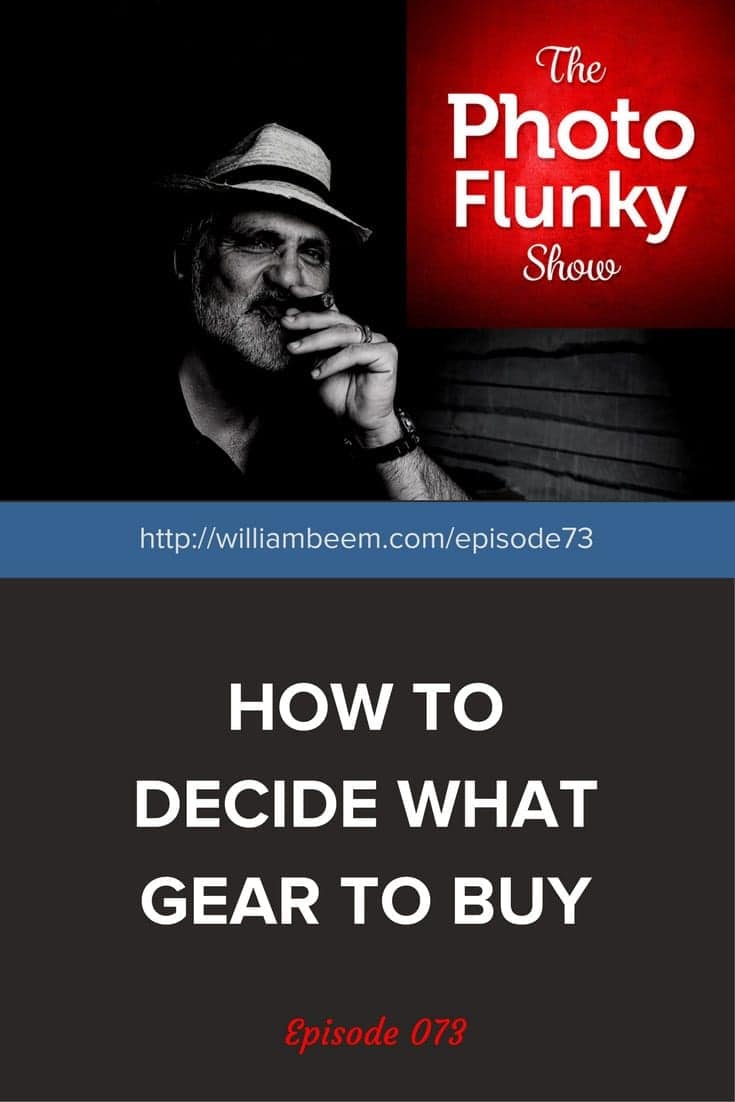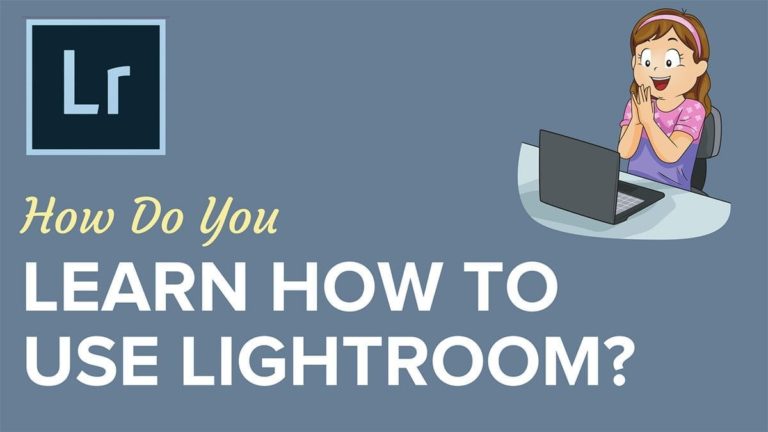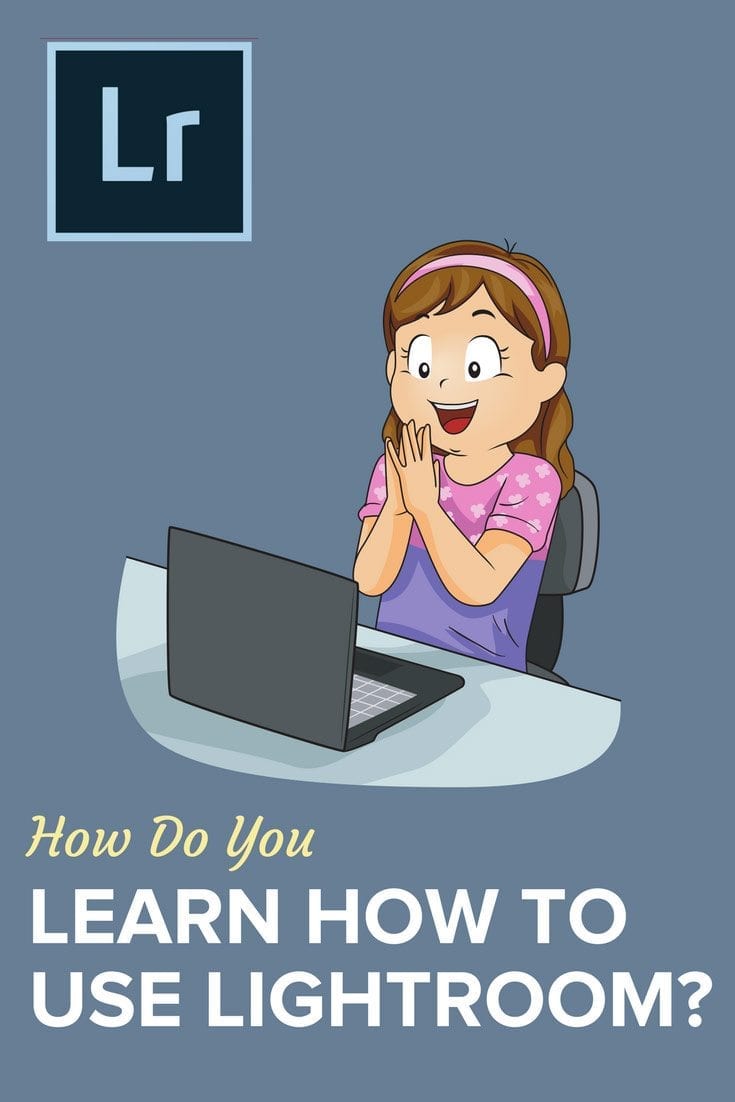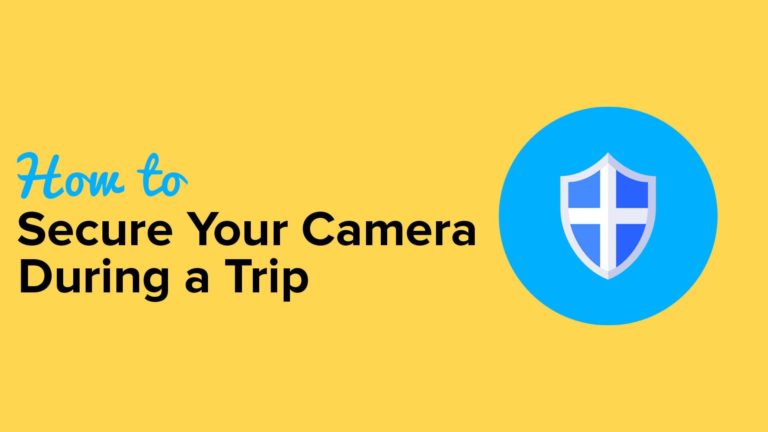Affiliate Disclosure: We earn a commission if you purchase through one of our links at no additional cost to you.
Reviewing, Editing and Post-Processing by Lee Beem
Reviewing, editing and post-processing are critical parts of the photo assignment. Once you come back with a card full of photos, it’s time to pick the winners and get them ready for the article.
In this episode, Lee Beem discusses her workflow to whittle over 700 photos down to a final 15 images for her article and what post-processing she used to prepare them for publication.
She also reveals how some of the images left out of the article still live on for social media and other promotional methods.
Check it out on episode 16 of The Photo Flunky Show.
Related Links
Orlando Local – Epcot International Flower and Garden Festival Review 2016
Thanks for Listening!
I really appreciate you for joining me again this week. Do you have some feedback about this episode or suggestions for the show? Please leave a comment below.
If you enjoyed this show, please share it using the social media links above or below the post.
Ratings and Reviews in iTunes are incredibly helpful for the show. They help the ranking of the show and I read everyone of them. Please leave an honest rating and review for The Photo Flunky Show on iTunes.
While you’re there, don’t forget to subscribe to the show on iTunes to get automatic updates.
Many thanks to you until next time.
Transcript
PHOTO FLUNKY: Episode 15
Welcome to the Photo Flunky Show, Episode number sixteen.
Today’s topic: We’re going to talk about a walkthrough of assignment photography.
On today’s show we’re going to talk about reviewing, editing and processing your photos.
Hi, this is your host William Beem.
Hi, and I’m Lee Beem.
And today we’re going to continue on our discussion from episode fifteen. If you haven’t heard that one yet, you may want to go back. The topic is really about an assignment that Lee took on to do a review of Epcot’s Flower and Garden show and last episode we talked about all the planning to go out there and take the photos. This time we’re going to talk about what we did with all those photos; or more likely, what she did.
Just a reminder before we get started with that discussion that we’re going to be changing the format of the show just a little bit. As you heard, Lee is joining me now and we’re going to change this from three times per week to once a week. We’re going to be showing it on a Wednesday. So this is coming out on a Wednesday and our next episode will be coming out the following Wednesday. And we’ll just be going a little bit longer than some of the shows have in the past. Hope you enjoy it.
Let’s get started.
William: Lee, you went out to Epcot Flower and Garden, you did all your planning, you come home and you’ve got a card full of images. So how much did you get? How many photos did you end up capturing?
Lee: I probably had about 700; 750 shot on that card from that day, so it was a lot.
William: And how many did you really need to go into the article?
Lee: I was probably looking to shoot for between fifteen or twenty. It kind of wasn’t a fixed number, but somewhere there about.
William: Alright, so let’s go back and forth. Obviously you’re going to shoot things multiple times, maybe from multiple angles, but tell me what the process is that goes through your head when you’re first loading the card up and you start reviewing. You know kind of what the structure of the article is going to be. You’ve got to review the photos and I take it you’ve still got to write the article. What order did you go in and what kind of process did you use for that?
Lee: I wrote the article first, before I reviewed the photos. I sort of plugged the card in, I had a look. There were 700 plus images there and I decided to just come back to them. I’d used the key points for planning the article and worked that into my plans for the day and how I was going to structure my day to get the photos and everything and get the information while I was at Epcot and I pretty much used the same process when I came back. I used that structure with my key points.
I wrote the article first and then had a look to see where I wanted images and then I went back to review them.
William: OK, so you had your structure as basically kind of like a hierarchy of bullet points when you went out there to do your shoot.
Lee: That’s right.
William: And then you used that to also write your article. How long was the article and how did your needs for photos fit into that?
Lee: Well, the article was – I think it was about 3,500-4,000 words – it was somewhere around there; I don’t recall exactly, so it was a fairly detailed and lengthy article. Under the key headings that we discussed the last time I wanted to have a selection of photos for each. I knew there were going to be more under the topiary section because there was just so much to see and I think it’s fair to say it was a deserving category or more photos than any of the others, just because of the detail and the work and planning that goes into creating these beautiful topiaries.
William: So when you’re going out there looking at that, are you thinking based on past experience or based on any direction of the article, like what does the audience want to see more than anything else? I mean there was everything from flowers, obviously, to gardening displays and structures; there was going to be the topiaries, there’s food, there’s merchandise …. How does all that fit in with your priorities?
Lee: It was much based on what I thought the audience wanted. I had to take myself back and what I was trying to do when I was writing the article was to imagine what I’d want to know and want to see if I’d never been or if I hadn’t been for a long time. So I used that as a structure for the article and pretty much the same thing for the photos; just trying to put myself in the position of somebody who wanted to know what to expect from this year and then put the photos in appropriately.
William: And did you find that you covered enough photos that you needed for the article or were there any bare spots where the text was sufficient, or maybe you didn’t have a photo to go with it?
Lee: There were some spots where the text was sufficient. It wasn’t that I didn’t have a photo to go with it, but there were photos that I felt deserved or should be in the article and I had got to a point where there were enough images that the other consideration was that some people are viewing on a mobile device. You don’t want to have too many photos and make it difficult for them if they are using a paid data service, to load the pages and things like that, or slowing down their connections. It was really trying to consider the reader’s experience as well as find the balance between those who wanted to see lots of pictures.
William: So you’ve got your card loaded, you’ve already written the article and now you’ve got 700- 750 photos. Where do you begin? How do you start? Do you start by eliminating the ones that you don’t like or do you start pulling up the ones that you do like and what is the process that you go through to associate photos to select for the article?
Lee: Well, first of all the only post processing that I use is Lightroom. So I used that. I put the card in and I went, Oh! Where do I start? I didn’t upload all the photos. What I did was I went through just with the thumbnails on the card. There were some that I could see were not needed, they were not good quality. Right off the bat you could see that there was no point even importing them. I think I probably imported about maybe 150 photos, knowing that I wouldn’t be processing much more than half of those and then narrowing my selection down from that.
William: So you don’t even bother importing before you’re doing your first review?
Lee: I didn’t, no.
William: And what do you do? Do you just go ahead and mark the ones that you want to import based off the thumbnail and then that’s kind of like your initial review process and the ones that are left on the card will get formatted over for the next time you use it?
Lee: Pretty much, yeah. I mean I don’t really keep images that I’m not going to process and use. I don’t save them in case I want to go back to them later. I don’t reformat immediately because what did happen was I had left some things behind on the card and actually went back later and switched some out with things I had imported because I realized that I had a better shot that maybe had been overlooked in the initial import.
William: And since this is for an assignment, were you out there doing personal shots as well, or was this completely for the assignment?
Lee: It was completely for the assignment.
William: Alright, so you’ve got a hundred, you’ve pulled those into Lightroom, but still, you said that you only want about fifteen; maybe twenty for the article. So you’ve got to go through an editing process now to choose what stays and what goes and that’s at least, I guess, that’s about a fifth of them that you’re going to keep. What happens now? How do you go back and review those?
Lee: Well, I went back to the article. I started making notes on what kind of images I wanted, like I think I had wanted at least between five – and maybe up to eight or nine, even – topiary images if I had them. Not necessarily only topiaries, but included in that would be – they had other little gardening displays and things with plants and seeds and things and that was going to fit in there.
William: OK, and why was that important to you?
Lee: It was important because I think the first time I ever went to Epcot in the spring (it was years ago now!) the first thing that struck me was the topiaries. I’d never seen anything like it and I know that a lot of guests go there, they want their photos in front of there; it’s a big part of the Festival, so that was important to me.
William: So it’s kind of like a key highlight of the event?
Lee: I believe it is and you know, for some people, it’s not going to be that important, but I think for the majority of people, you can’t walk by without stopping to have a look.
William: You’ve got the topiaries. That was a key part that you wanted to make sure you got. What else were you looking for?
Lee: Well, one of my other things was what there was to do for kids. So the Butterflies on the Go, not only for kids, but certainly it was something that would interest some of the little ones, and the playground as I discussed the last time. I needed shots of that. So those had been priority shots to go out and take. And I needed those included in the article.
William: I remember one thing you mentioned is that you made sure you got a shot of a covered seating area. Why was that important?
Lee: I don’t think that actually went into the article itself, but it did go out on social media. A covered seating area is very important. You know, there are playgrounds. Disney’s pretty good. There are little splash play areas and things in the various parks. Even over the years as they’ve changed, they’ve offered something for the little kids and I remember very clearly as a parent, standing in the hot sun or running around in the hot sun, chasing an energetic little kid and there was just nowhere to sit. This playground here had two gazebos and the actually had comfortable furniture where you could sit. I mean they even had some lounger style and wooden bench seating. Then there was seating out in the sun as well. But it was just having shaded seating in Florida! Even now, the temperatures are picking up. It’s so important.
William: Actually, you kind of brought up something that I found interesting. You said it didn’t go in the article, but it did go out on social media. Did you shoot some of the photos with the thought of going to social media, or were these simply things that you had brought through in your first review process that didn’t get to the article, but you thought, “I like this. I can still use this elsewhere.” So when you put it out on social media, does it link back to the article or is it part of your marketing promotion? How did that work?
Lee: There were things that I shot hoping to use them for social media, but obviously the article was my main priority. There were times when I would zoom out or zoom in depending what it was with social media’s different crop formatting in mind. I was also shooting with my phone so I could post directly from the park and I had a few challenges with the phone that day and I wasn’t sure how those photos were coming out because I really couldn’t see what I was doing on the screen at the time. And I did take a few extras, but I didn’t make special trips to take social media photos with my camera while I was there. As I say, the article took precedence.
William: OK, so you had a few things that were going out to Instagram and other services while you were there.
Lee: That’s right.
William: And then you had some shots that you had taken with your camera and you decided later on those would be good for promotion on Social Media.
Lee: Yeah.
William: Alright, so you’ve got the shots that you’ve edited down and it’s a list of how many by the time you’ve finished the editing? As far as deciding how many you’re going to take to post processing?
Lee: The post processing, I believe it was either 72 or 73 photos that were post processed.
William: Oh, wow, so you did that many, but you were still only going to put fifteen to twenty in the article?
Lee: I did. But I am a bit of a sneaky quick post processor! I don’t do very much to my photos. They really do get a tweak and that’s it. It’s not a photo contest and I do believe in putting out the best work possible; I believe in quality. I don’t like doing a half job, but at the same time, you also have to find the balance sometimes between – this is an article. People are going there for information. They are not going there as a photography site. The photos needed to be good. I wanted them to show what I’d seen, I wanted to share the experience, I wanted it to be helpful to the people, but these are there for visitors and I want to help the visitors, the families and anybody who’s needing information or just wants to have a look through it. It’s not a photography critique, so yeah, a quick tweak is more than sufficient for me.
William: OK, what kind of things were you doing in post processing just with the quick tweaks?
Lee: Well, I shoot raw files, so there’s always some sharpening needed. I usually start with camera calibration. I go down there and I do that first and then I come back up, I check the exposure. From the ones I’d selected, they didn’t look too bad. That’s how they made the cut to begin with; bringing up the shadows, they needed some sharpening, increase the vibrance a little bit (the raw files seem a little bit flat sometimes), noise – a little bit of noise reduction to balance out the sharpening – it was daylight. Most of mine were daylight shots so I didn’t really have noise issues. I was shooting at a very low ISO.
William: You’ve got like 70-something that you’ve processed, but still only fifteen to twenty going into the article, so there had to be a little bit more editing process again. Did you have some that while you were processing, you said nope, this one isn’t going to do it? Or what happened after that step with the article?
Lee: There were some that were almost duplicates. The other problem I had and the reason I imported more is because I tend to go in quite tight on my shots and I also knew that for the site where we were uploading them that we were shooting for a 16:9 crop. This is a different crop to what I’m used to doing so sometimes I’d misjudged it and I didn’t leave myself enough wiggle room. It’s a common problem I have. I try to allow for it, but I just didn’t always get it right. So there were some times when I had a shot that was processed and I thought that was the one and just because of the crop and where it was going to crop that didn’t look good on the image, I had to go back and process something different or pull out a different one.
William: So once you got down to this area where you are doing your post processing, I’d say from your reviewing to post processing and not counting the time writing the article, how much time did you put in just going through those images and getting them ready?
Lee: I’d say I probably spent the better part of a day with breaks. There was a lot of sifting and I think the sifting took almost as long as the processing itself.
William: So the processing, like you said, you had a lower number. Basically a tenth of them made it to processing from what you shot and that part went fairly quickly per image, but still there was a large number that you had to go through, right?
Lee: Yeah, there was. I mean once I had the finer selection narrowed down I’d started culling further and I think we got down to about maybe forty images and I knew that half or maybe a little bit more than half of those were going to make the cut. I did some further tweaks on some of them. And yep, that was it!
William: That was pretty much the end of it or was there anything else after that?
Lee: Well, no. Now I had to slot them into the article and see how they looked and there was a bit of changing there as well because sometimes I’d put something in and put something else in and think, hmmm, too great shots; I wanted both of them to be in there but they might have been, for example, two things that were too similar and it wasn’t giving the reader or the viewer as much variety as what it could do. So something would come out and something else would go in.
William: So did you have a few favorites that you might have taken out in order to get more variety in?
Lee: I did. I mean there were some of my favorites that didn’t make it and that was really based on what I felt people wanted to see. So sometimes it wasn’t necessarily the better quality photo from a photography perspective that went in, but it was what I felt gave better quality to the article overall as a review for the reader.
William: So now you’ve been through your first assignment, both as a writer and a photographer. What do you take away from that?
Lee: It’s been a big learning experience. I think time management …. You know I’ve realized that I’ve got a lot to learn with managing time. I expected it to take a long time, especially being the first time I’d done it, but I also realized that there are things that I can do better to be more efficient with my time. I over-thought things initially. That’s probably a natural thing to do the first time round and there are some things where you’ve got to have a look at it and say, do you know what? I’ve got a standard. I want to meet the standard; I want high quality going out there, but everything we do is with the reader in mind. This is for the reader experience being optimal as our goal.
William: And that actually brought a question to mind. You said that you over-thought a little bit and I know that on the last podcast you mentioned that you took three lenses but you really only used one of them. So when you come back and you’re looking at this after you’ve done your shots, did you have any things where you said, “I wish I’d used another lens?” Or were you quite happy with the one lens that you used, the 24-70 mm?
Lee: There were times when I wish that I’d changed out actually to the 35mm, but there were also times when I had sat down and thought I’m going to put the zoom lens on and I didn’t just because I couldn’t find a safe place to sit and change a lens. I mean you know what it’s like in the park. Sometimes you are just not in the right place. As I mentioned in the previous podcast, I was watching light and there were all kinds of factors going on and I thought, you know what? It’s just one of those things. Sometimes you’ve got to cut your losses and just roll with it and I did.
William: And does that affect how you’ll go out next time or is next time depending on what it is, completely different and you’ll decide at the time?
Lee: I think I’ll decide at the time, but I also am a bit of a pack mule with camera gear. I knew I didn’t need to take a tripod and I wasn’t going to inconvenience myself, but I’m also one of those people where my approach is I’d rather have it and not need it than need it and not have it. So that’s how I packed for the day. I don’t think I took anything excessive. There were two spare lenses, none of which were terribly heavy, and there was the lens that was on the camera and that was it.
William: Alright, thanks very much!
We’ll have a link to the article in our show notes if you’d like to check it out and see Lee’s photography. Until then, remember, we’re going to be off on Friday and Monday and we’ll be coming back on Wednesdays only from now on. Until then, have a good time. We’ll talk to you later.
Thank you for listening to the Photo Flunky Show. Show notes are available at williambeem.com/episode16. You can find a transcript of the show there, completely free.
Also, we are now available on iTunes and Stitcher Radio. Just go to photoflunky.com, you’ll find the links and that will take you to the show and you can subscribe. And as long as you’re going to iTunes, we would really appreciate a rating and review. Thanks very much.
I’m William Beem. We’ll talk to you next time.

